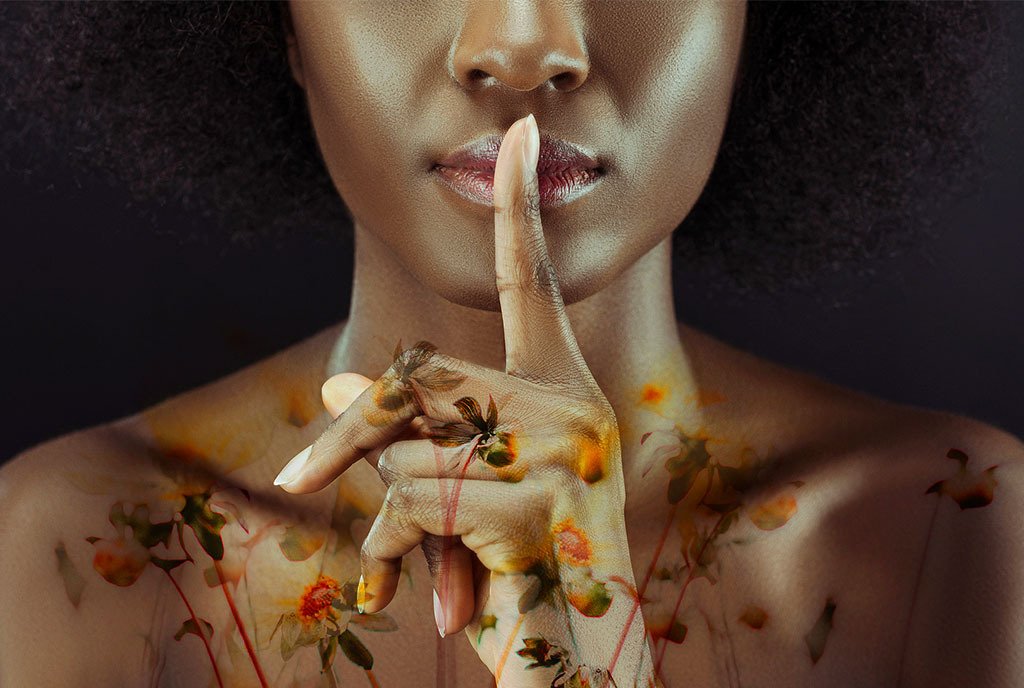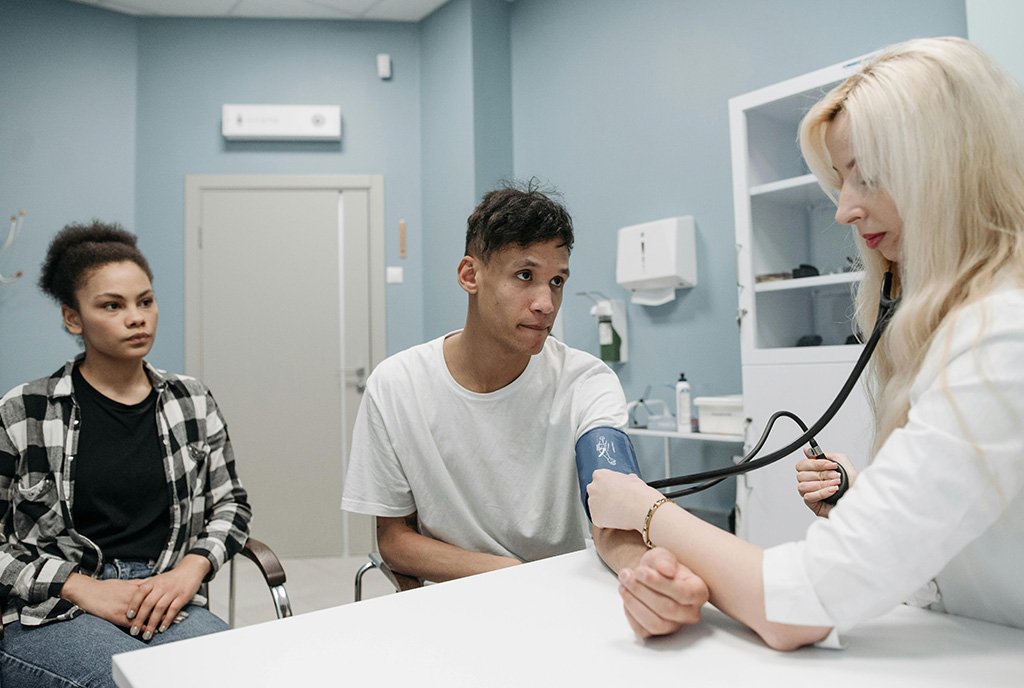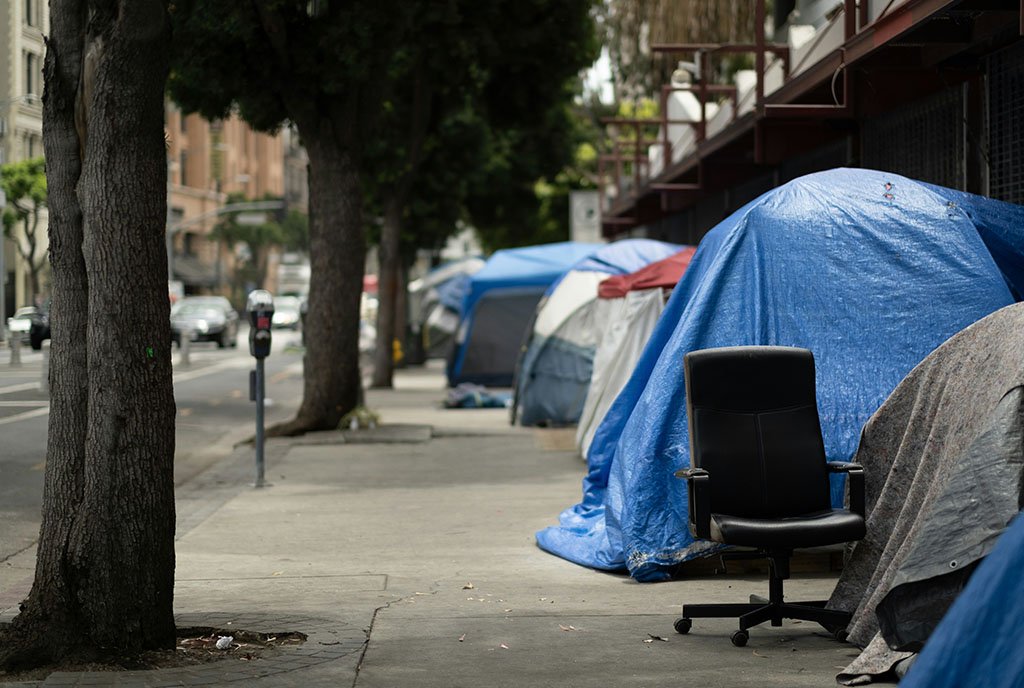
“To find that Black women were murdered at a rate of six times that of White women was pretty shocking.”
A recent report in the Lancet medical journal explores the racial inequities in homicide rates using data collected by the Centers for Disease Control and Prevention’s National Vital Statistics System to analyze homicide rates of Black women between the ages of 25 and 44 in 30 states across the country. For the study, researchers classified homicides as death by shooting, piercing, cutting, and other forms of violence. Between 1999 and 2020, the study found that Black women were six times more likely to be killed than their White counterparts in that same age range.
“To find that Black women were murdered at a rate of six times that of White women was pretty shocking,” said Bernadine Waller, one of the lead authors of the study. Waller is also a National Institute of Mental Health postdoctoral research fellow in the psychiatry department at Columbia University Irving Medical Center. As a scholar whose research has focused on intimate partner violence, she knew that there was a disparity in homicide rates. Still, she wanted to participate in the study because no one had done research of this magnitude. She was devastated to learn how stark the disparity is.
Violence against Black women is often underreported. Black feminist scholar Kimberlé Crenshaw pointed this out in an article in the Guardian and often through the #SayHerName movement. Many news headlines focus on the fact that Black men and boys, who are killed by homicides at higher rates than any other group, face a deeply troubling epidemic—but it’s rare for news outlets to discuss how Black women and girls are also being killed at an increasing rate and how their killings are a silent epidemic. Particularly in the wake of the racial unrest that was ignited by protests across the country in 2020, data revealed that there was a disparity between the killings of Black women and their White counterparts.
It’s rare for news outlets to discuss how Black women and girls are also being killed at an increasing rate.
In 2020 alone, there were more than 1,821 Black women and girls killed—five women and girls a day. As the Guardian pointed out, while homicides increased 30 percent nationwide in 2020, the homicide rate for Black women and girls rose 33 percent. This was a sharper increase than every demographic except for Black men. In 2020 alone, the homicide rate for Black women was double that of White women. Gun violence, which tends to increase in areas with elevated poverty levels, was a leading driver behind these increased homicide rates.
The Urgent Need to Address Inequities
As the Lancet report notes, the homicide rates of Black women have increased during the COVID-19 pandemic. Particularly during the earlier months of the pandemic, it was Black women who were disproportionately labeled essential workers. Many of them could not stay at home, so the chances of them encountering violence were exacerbated. Although the Lancet report does not indicate how many of the deaths are a result of domestic violence, previous research has found that domestic violence has increased during the pandemic—rates were particularly high when stay-at-home orders were in place. Black women experience domestic violence at higher rates than their White counterparts but are less likely to report it because they fear that they or their loved ones might encounter police violence. Even when they do report, however, they are less likely to be believed.
Sign up for our free newsletters
Subscribe to NPQ's newsletters to have our top stories delivered directly to your inbox.
By signing up, you agree to our privacy policy and terms of use, and to receive messages from NPQ and our partners.
Particularly in the wake of the 2020 killing of George Floyd, more attention has been paid to structural racism in the Midwest in particular, where economic inequality, disproportionate incarceration, and segregation plague Black Americans. The Lancet report now finds that in Midwestern states like Wisconsin, Missouri, and Oklahoma, over 15 more Black women than White women were killed for every 100,000 women ages 25 to 44 between 2019 and 2020. In Wisconsin, Black women were 20 times more likely to be killed than their White counterparts. The scholars point out that this is a “disturbing increase” from the period between 1999 and 2003, when the homicide rate of Black women was six times the rate of White women—which was still extremely high.
Black women experience domestic violence at higher rates than their White counterparts.
In the report, the researchers point out that structural racism might provide insight as to why Black women, regardless of their ethnicity, face disproportionately high rates of homicide. They note that “the greatest inequities are in areas of the country where concentrated disadvantage is pronounced.” The study also notes that “educational attainment, employment, poverty, residential segregation, and homeownership are well-known indicators influencing disproportionately high rates of homicide in areas where Black women largely reside.”
Given these findings, the authors of the report point to an urgent need to address homicide inequities between Black and White women in the United States. They believe that policymakers must pass federal legislation that reduces access to guns. They also call on policymakers to pass legislation to address structural barriers.
“Policymakers must address long-standing structural factors that underpin elevated gun violence,” the authors write, “by implementing sustainable wealth-building opportunities, developing desegregated, mixed-income and affordable housing and increasing green spaces in communities where Black women largely reside.”











